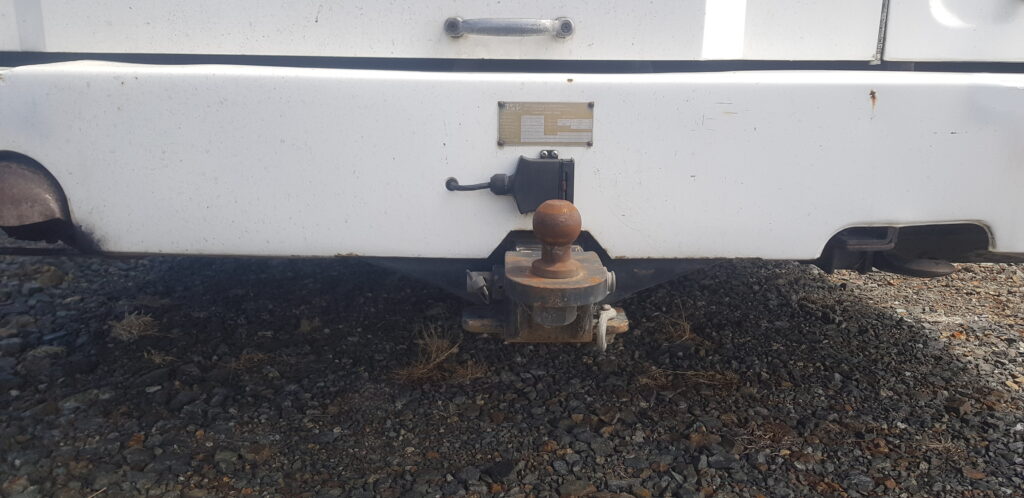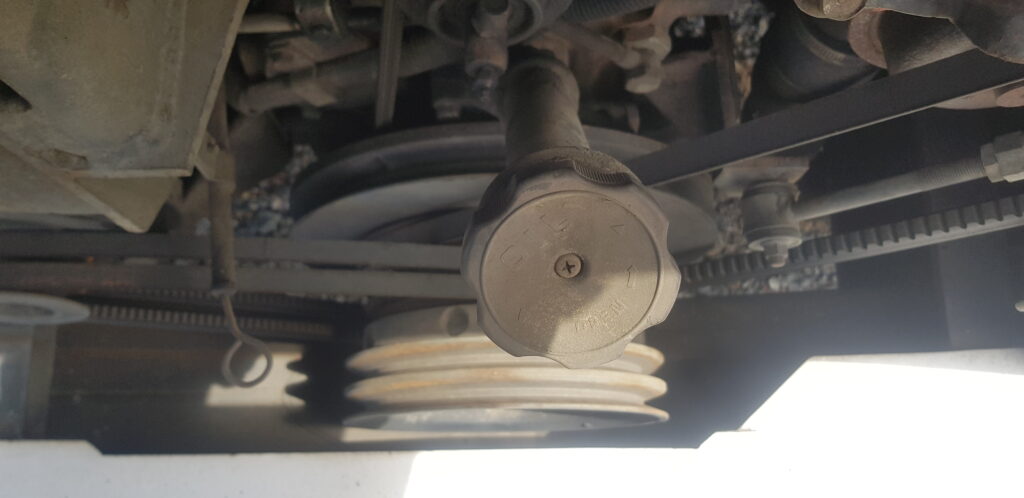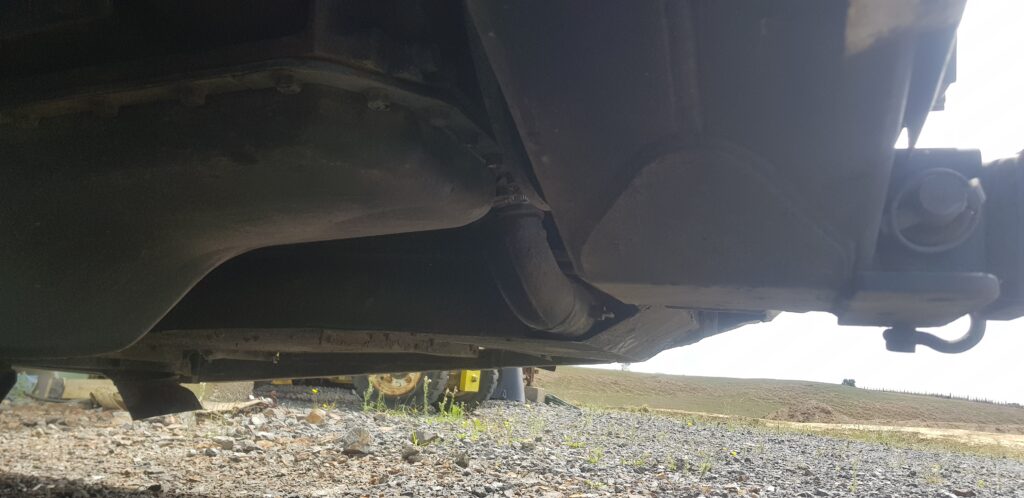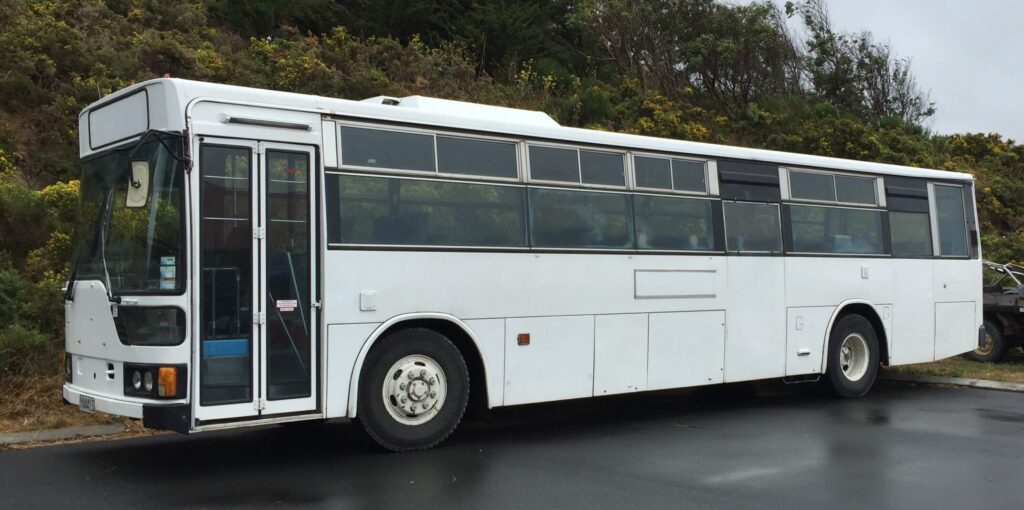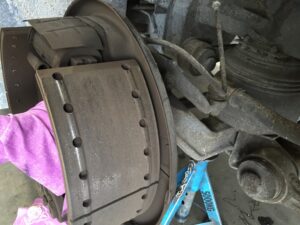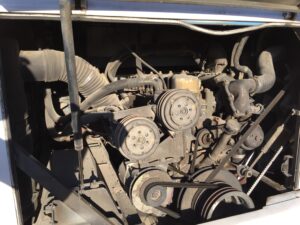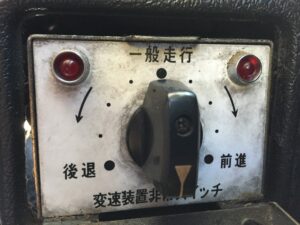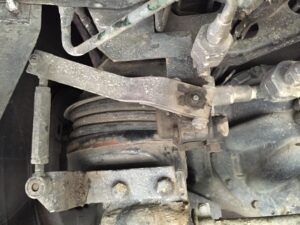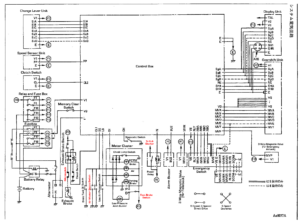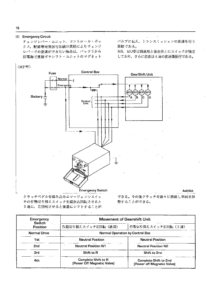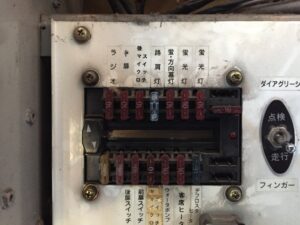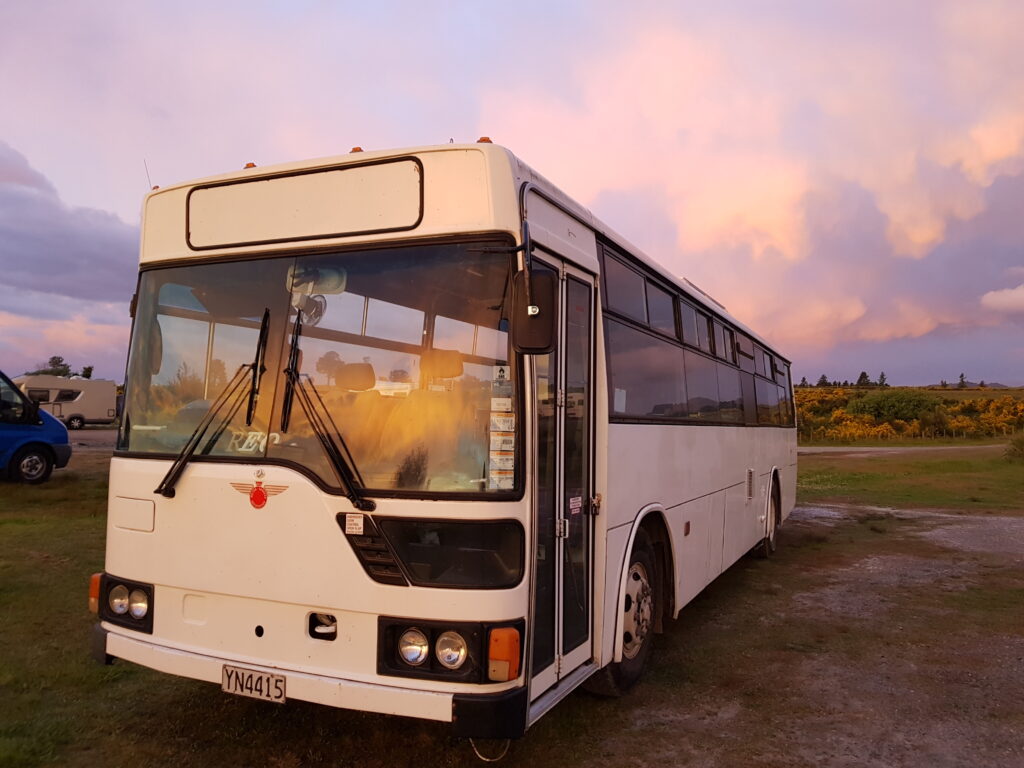
INTRODUCTION
This website resource was created to collate and share resources for the first series of the Mitsubishi Aero Star MP218 and MP618.
Disclaimer: The information contained on this website is the best that I have to my knowledge, some information is likely to be incorrect and so should be verified before using.
I encourage others who are knowledgeable about these buses to contribute and share their experience.
In 2014 I acquired a MP618 with the intention of converting it to a motorhome. I discovered that there was not much information available on these busses and that there were a number of owners of these busses which had been converted or were about to be.
There still remain a number of these busses in service and some of these are likely to be converted in the future.
Many of the comments here, especially in the Motorhome Conversion section, relate to requirements specific to New Zealand. I believe there are also a number of these busses in Australia, any information from Australian owners would be helpful.
I can be contacted at antony@tupu.co.nz
General Information
These bus were essentially built for the Japanese domestic market and were part of the Mitsubishi Fuso Aero Star
Some were exported to Hong Kong, although these don’t appear to be a success. Some information is available here
A number were also imported into New Zealand to serve as a shuttle between the Auckland Domestic and International airports, and also used for general service such as school bus runs.
With change in legislation, the older ones are no longer suitable for school runs and have appeared on the market.
There are two models, the MP218 and MP618 were the first series of the Aero Star which were manufactured between 1984 and 1996 .The difference between them as much as I can establish, is that the MP618 has air suspension, while the MP218 had standard springs.
They have the Mitsubishi 6D22 turbo diesel engine of 11.7 litres in the rear with a 5 (or 6) speed Finger Control Transmission. I have only seen the 5 speed on the 6D22 … Was the 6 speed ever fitted to the 6D22?
Brakes are air at the rear and air over hydraulic on the front.
The body is typical for a city bus, with a low floor, good interior height and a distinctive lower front window on the passenger side.
Tyres are 10R20 with 20×7.00T Rims.
Parts for this bus can be found at : (Talk to Lachlan)
JAPAN AUTO PARTS EXPRESS (株式会社).
Cellular Ph. 090-9259-1248 Head Office 075-971-6550 Fax 075-971-6551
Em. lachlan@jap-express.com Web. www.jap-express.com Skype lachlanjapexpress
Office. 2-F / 35-5 Yawatakubota, Yawata City Kyoto 614-8045 (JAPAN)
Body
The body is steel panelled, with doors opening on some of the side panels.
My own bus had a door at the front, in the middle and at the rear, with an emergency door on the drivers side at the rear. The middle and rear door were taken out and replaced by glass and steel panel.
Windows seem to come in a variety of styles, mine have slide windows at the top, others have the larger sliding windows.
Brakes and Steering
Brakes are drum type, the rear operated directly by air, the front by air over hydraulic.
Drums and brake shoes are available locally in NZ. Be very careful of the wheel studs as they are easily damaged (yes mine were damaged previously) and new studs and wheel nuts are very expensive!
Here are oddly worn front linings which needed replacing.
Engine and Transmission
The engine is 11.2 litre turbo diesel model 6D22. The Wikipedia entry can be found here
The later models from about 1990 onwards included emission gear which complicates the engine bay somewhat. Here is a photo of the engine without emission equipment.
Also mounted are twin compressors for the air conditioning and a 110amp 24v alternator.
An exhaust brake is mounted on the exhaust manifold operated by the lever on the left hand side of the steering wheel.
The transmission may either be a five or six speed. It looks like the City buses were fitted with the 5 speed and the coaches with the 6 speed.
The gear selector is an electric over air system operated by a computer connected to the drivers gear selector. The selector informs the computer which gear is to be selected, it checks whether this is an appropriate gear to select, operates the air actuators in the correct sequence, and when the gear is selected, feeds back to the gear selector that it is now in gear, along with showing the gear selected in the instrument cluster.
I’m told these can be a bit finicky, however, they can be repaired. See the wiring diagram in the electrical section.
In an emergency, there is an emergency selector switch on the side of the gear selector which rotated either clockwise, or anti-clockwise will select either 2nd gear or reverse.
Suspension
The Fuso came with either a standard spring suspension (MP218) or with air suspension (MP618).
The air suspension is controlled by a valve mounted to the chassis and an arm mounted to the axle. Air to the airbag is directly controlled by the valve.
There is one valve for each read wheel and one for the two front wheels.
Electrical
One of the challenges in owning this type of bus is getting access to wiring diagrams. Fortunately a fellow owner had a wiring diagram in Japanese which I’ve had since translated. It isn’t 100% correct nor does it cover all the systems, but it does cover the important Finger Control Transmission which at times can be troublesome.
Maintenance
Filters
- Fuel
- Fram P7363
- Baldwin BF 798
- Oil Filter – Donaldson P550065 (Comes with two filters)
Front Sidelights
- Supplier Transquip IZ20-12-L (or R)
Socket Sizes
- Oil Change Socket Sizes
- Sump Bung 27mm
- Filters 24mm
- Filter Drain 17mm
Oil Capacity
- Sump Holds 25 litres
This section is to document maintenance procedures and regular maintenance items needed such as filters, oils etc.
If anyone has any information, this will be helpful.
Towbar
In case anyone is wondering, I have included some photos of my towbar.
In New Zealand, towbars on a heavy vehicle need to be certified and this was not cheap to install.
One of the challenges on installing a towbar on a bus is that the rules seem to state that only buses 11.5m and shorter may have towbars, but this seems to be a grey area and I have seen buses longer than this with certified towbars.
